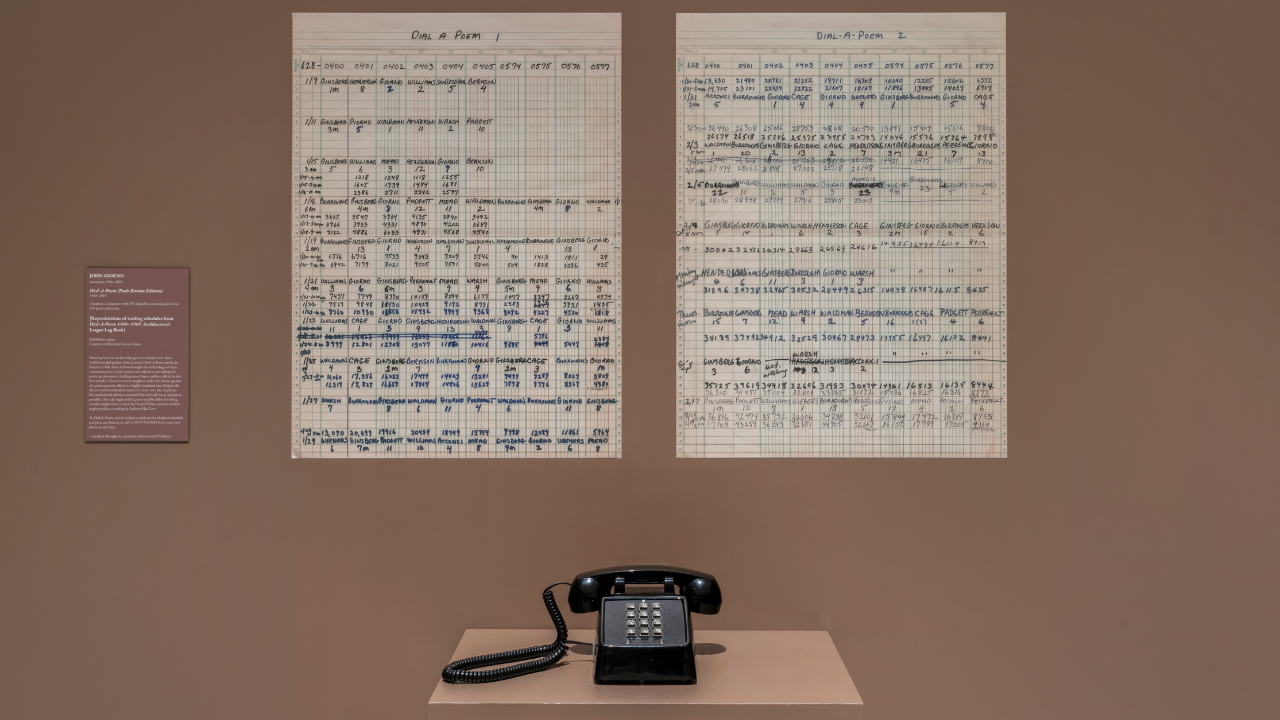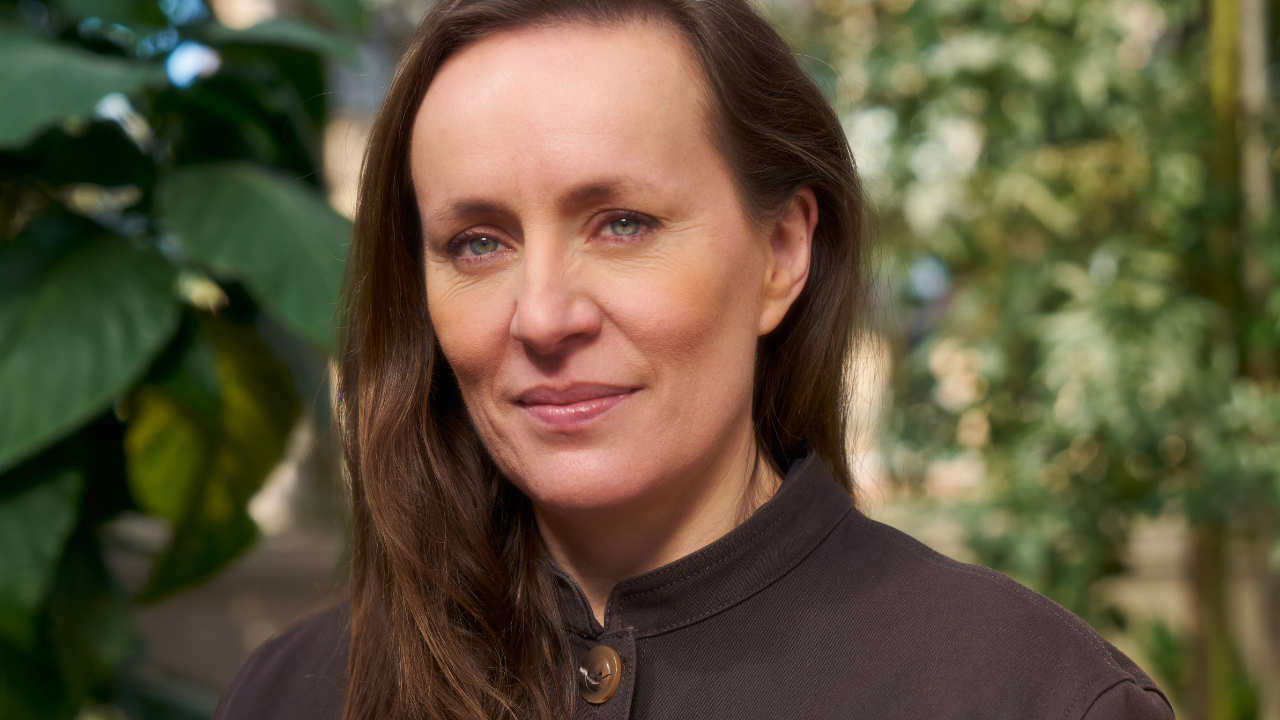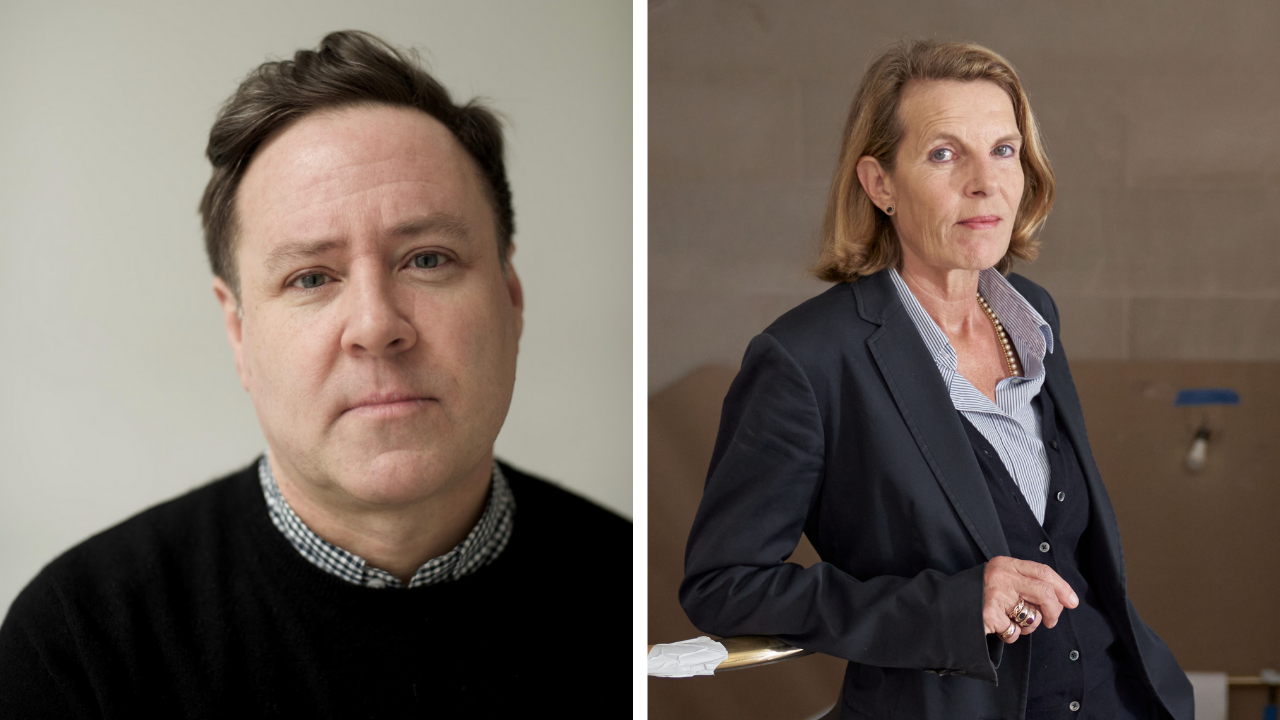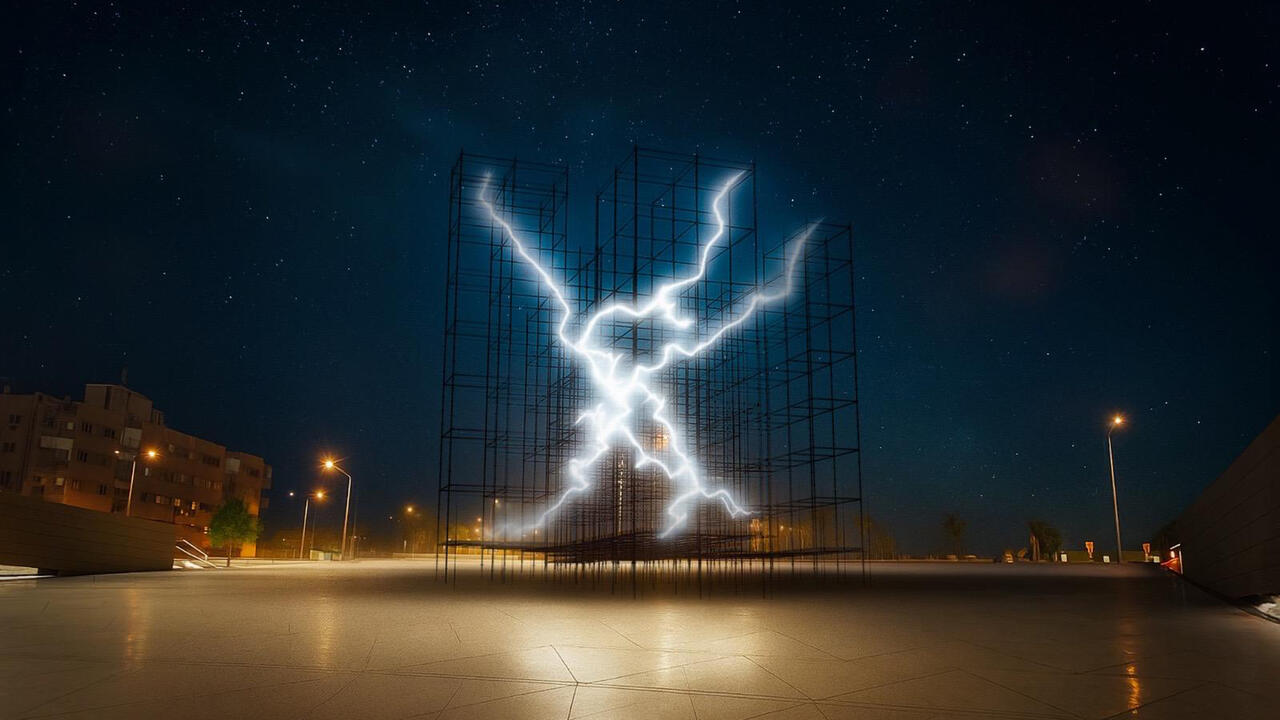Books
Reading as information control: the poet Tan Lin talks to Sam Thorne
Reading as information control: the poet Tan Lin talks to Sam Thorne

SAM THORNE You’ve described reading as ‘data management’, but also as ‘a kind of integrated software’ and ‘information control’. Could you expand on those statements?
TAN LIN People conveniently forget that a book is a technology. Today we’re increasingly attuned to the platforms upon which reading takes place and to reading’s temporal frameworks. But this runs counter to most serious literature. The whole point of ‘literary’ reading is to lose yourself – to forget the time of reading. But I really think it’s more interesting if a work of literature functions like a clock. Today’s sub-literary works – diaries, almanacs, journals, letters and the like – are time-sensitive hold-overs from an earlier information era. In a world that we increasingly configure or visualize not with but as data, is there much difference between a couplet and a bullet point? Just as the early novel – from Daniel Defoe to Samuel Richardson – was diaristic or epistolary, the edges of a new literary field look a lot like information management systems. What the Greeks called poiesis, we call information processing.
Put differently, literature is an operation. Its general aim is to function like the ‘mass media’, albeit a continually customized Web 3.0 incarnation of it. The main question, I suppose, is what does such a literature look like? Can a poem behave like an sms? I think so. I did a series of poems, Bibliographic Sound Track and The Ph.D Sound (2012), that were about diffusing reading into a much-maligned genre of office productivity software: PowerPoint. From a genre standpoint, ppt is mixed: it references the overhead transparency, filmic dissolve and soundtrack. But it has two other residual formats: the lecture and the book (people refer to individual panes as ‘slides’ or ‘pages’). Reading in ppt mirrors web-based reading, an increasingly hybridized/multimedia environment, the twin poles of which are information and communication. Reading today resembles largely invisible operations performed on data, where poems marry the graphic to the sonic in the interests of speed and secrecy. But processing text is not just a poetry thing, it’s a cultural thing.
ST Doesn’t this blurring of genres make reading harder because you don’t know what you’re reading?
TL Yes, and it’s unclear what exactly poetry is today, because it has blurred into many other actions. When I read a good book of poetry now, I usually don’t know what the hell I’m looking at – it takes time to process. Take Kieran Daly’s Tentatively nullpropriated assay from Gauss pdf’s 36 (missed by two) (2011). It’s a zip file that houses empty folders, mp4 files, png image files and text documents in a folder system that vaguely recalls a table of contents or index to a corpus I cannot locate. Or Chris Sylvester’s Outcomes (2012), which mimics the ‘literature’ of psychological assessment rubrics, but which I confused with Homeric anaphora and videogame walkthroughs. Unreadability is literally the case with Holly Melgard’s Black Friday (2012), which is about maximizing the ink used to print it, the assumption being that a book’s value on the self-publishing site Lulu is tied to the amount of ink used to print it. Each page of Black Friday is printed black. Most interesting poetry books are unreadable or suggest that we have yet to find a way to read them – that is, reading must be assembled out of the contents.
So yeah, genres used to be useful. Twenty years ago, it was hard to mistake a novel for a vacuum-cleaner operating manual. But today, operating manuals are novelistic. And long. I just bought a book to accompany my eight-year-old daughter’s Lego Mindstorms ev3 – it’s 400 pages! It used to be that no one would ever confuse a self-help book with Ulysses. I’m not sure anymore. Ditto with legal contracts or restaurant reviews. All through graduate school, I was reading Robert Musil and doing scansion on Sir Fulke Greville, but I was also reading Ruth Reichl’s very amusing restaurant reviews in The New York Times. Back then, reviews were just ‘informational’ formats not subject to appropriation in books. No longer. Can a restaurant review be literature? Of course! In fact, I’ve stuck Yelp reviews in a few of my books. In 2010, I even gave one of them a three-part title poached from the Rombauers’ classic, The Joy of Cooking.
ST Why did you do that?
TL To increase the number of Google hits!
ST What about Twitter and Tumblr? Have they affected literary production?
TL As more rapid forms of distribution have taken hold, shorter and more citation-based and interactive forms have come to dominate the field of literature. Conversely, web-based formats are working with modalities of slowness. In other words, literary production today is more sensitive to elements of data management and re-circulation. So you have Angela Genusa’s Spam Bibliography (2013), which takes the run-in with unwanted information to a natural and vastly entertaining conclusion: an alphabetical bibliography of her spam inbox, a murky world of spam-bots that promotes, literally, new modes of ‘authorship’. While an emphasis on the quantitative and the statistical has marked literary works for some time now, you also see it in Zagat guides and top-tens on blogs and websites. There is much greater interactivity around the processes of reading – from user-generated content to reviews on Amazon and Goodreads.
This has seeped into the art world, which, in comparison to the experimental writing worlds, is more rear-guard in that its focus is often objects rather than operations. Even though many art works are created digitally, the gallery scene revolves mainly around objects whose digital history has been elided. The New York-based critic Brian Droitcour skewers the sluggishness of art objects with his reviews, which he posts on Yelp. To read a review of the recent Ad Reinhardt show at David Zwirner, you look up the gallery like you’d look up a restaurant.
We live in an era when previously short-form modes are getting longer, while long-format modes are getting shorter. We expect literature to be short-form, citation-based, interactive. Novels get written in relation to reader feedback based on earlier draft versions, while there’s also a general shortening of first novels, dictated by the profit margins of publishing houses. On the other hand, tv has become a long-format production. It’s not surprising that literary critics like Fredric Jameson are writing about shows such as The Wire; Breaking Bad is our era’s novel. Relatedly, the online magazine Triple Canopy describes itself as ‘slowing down the internet’.
ST How does genre affect something like Twitter?
TL We know a few things about Twitter: it’s a communications medium not a literary one, i.e. most people don’t use it to produce novels. But this is changing. Chris Alexander recently published a book on the Troll Thread Collective, a web-based publishing operation, called McNugget (2013), which collects every reference on Twitter to ‘McNugget’. Just as Twitter isn’t generally associated with 523-page books, it’s equally disassociated from handwriting. Cristina Vanko, a designer, has recently taken to handwriting text messages and then posting them as images on mobile devices or computers, bringing into play two modes of personal communication: letter/note writing versus sms. We think of long-hand writing as taking a long time but sms, well, that’s a rapid medium. But you can actually make sms slower and more pictorial. The photographic imaging of a fountain-penned text makes it more novelistic and also more like a 19th-century landscape painting. If you’re lucky, they’ll show up on your cell phone soon.
ST And how has this affected the way people write books?
TL With so much information, you need a method to organize it. Everyone curates their own taste today, and they do it publicly via Facebook and Instagram. A riff on this is Josef Kaplan’s pamphlet All Nightmare (2014), which is a species of what librarians terms ‘grey literature’ – pamphlets, brochures, white papers etc. Kaplan’s book collects his spoken introductions to the readers at the Segue Reading Series in New York, and the pamphlet feels like intimately subversive liner notes to audio recordings of poets reading – in this case the archived sound files subsequently housed on the University of Pennsylvania’s PennSound site.
There’s a correlation between the speeds of reading and the speeds of writing. Book production has ramped up tremendously in the fields of artists’ books and poetry. When I first started writing poetry, it was relatively hard to get a book published. Sun & Moon did my first book when I was 35 and a professor at the University of Virginia. Such a timetable is nonsensical today. Almost all the poets I know under the age of 30 have published two or three books. Literature used to be regarded as something fixed and finished, but today it’s modelled more like an interactive performance or what I like to call an event-document – something unfurling in time.
Tan Lin is a professor at New Jersey City University, usa, and the author of more than ten books, including Seven Controlled Vocabularies and Obituary 2004. The Joy of Cooking (2010); Insomnia and the Aunt (2011); and HEATH COURSE PAK (2012). He is the recipient of a 2012 Foundation for Contemporary Arts Grant, a Getty Distinguished Scholar Grant and a Warhol Foundation/Creative Capital Arts Writing Grant. He is currently working on a sampled novel titled Our Feelings Were Made by Hand.





















